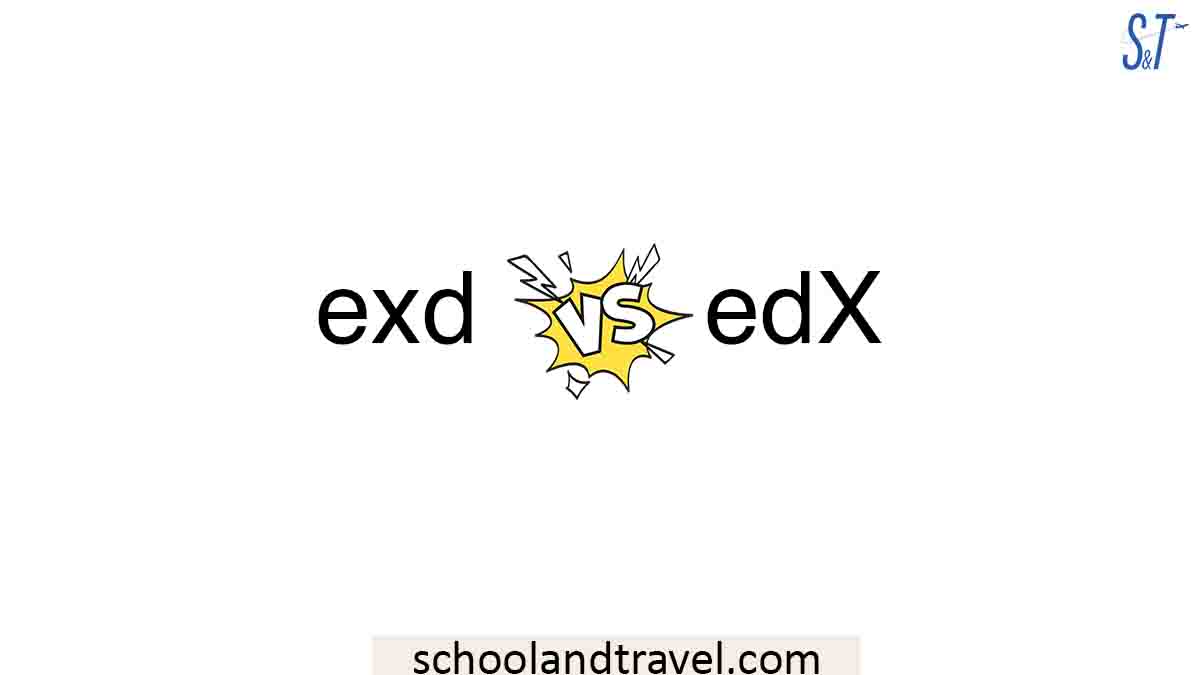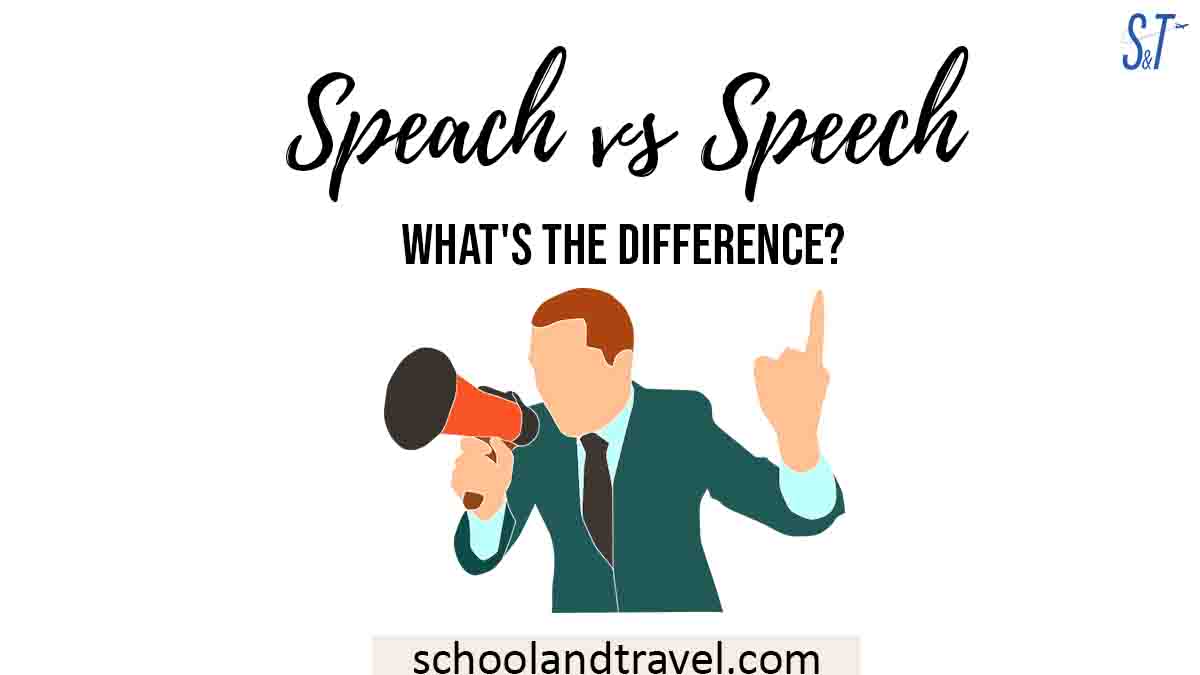Being a pupil is almost synonymous with being called a student. However, a few differences tell how they can be used in English.
The article below discusses that in-depth.
Pupil vs. Student: Who is a Pupil?
The term “pupil” refers to a young learner enrolled in an educational institution.
It is also used to describe a person under the close supervision of a teacher or a private tutor because he has special needs or is a minor.
For their learning and development, they need special attention and lessons in all subjects. A pupil is usually a child aged 1 to 18.
The word “pupil” has its roots in the Old French word “pupille,” which was derived from the Latin word “pupillus.” “Pupil,” when translated, means “minor, or ward.”
The term “pupil” was initially used in the 14th century and then in the 1560s to refer to a student.
Presently, the term “pupil” is commonly used by Asians and the British to refer to children in the nursery, primary school, and secondary school.
This is entirely different for Americans, especially the residents of the United States.
They refer to their children as “students” regardless of their ages, provided they attend an educational institution.
Pupil vs. Student: Who is a Student?
The term “student” refers to an older learner, a registered person and attends classes in a higher educational institution.
The term “student” is primarily used to refer to someone who is already knowledgeable but is going through further studies to pursue his education in a specific discipline or course to gain mastery of the discipline or course.
A student is already a mature person and does not need any supervision from a teacher.
They can study and learn independently with limited or no guidance at all, unlike a pupil who needs to be guided along the way.
One who is a student is often above the age of 18 years and enrolled in a college or university.
The word “student” comes from the Middle English word “student” or “studiant,” which are from the Old French word “student,” meaning “one who studies.” It, in turn, came from the Latin word “studium,” which means “study.”
The level of supervision needed by a student is generally lower than the supervision that a pupil needs.
This is generally true because a student is advanced in age. So, he is capable of managing himself without constant adult interventions.
Most times, the word “pupil” is used as a subset of the word “student” as a subgroup of learners under a group of students.
Read more: Waitlisted vs. Deferred – What’s the difference?
Pupil vs. Student: Comparison
The differences that exist between the terms “pupil” and “student” are discussed under the following subheadings:
- Connotation
- Origin of the word
- Supervision needed
- Preference
- Age
- Figurative use
1. Connotation:
The word “pupil” describes younger learners that are registered and enrolled in primary educational institutions at an early stage in life. But the word “student” describes an adult learner who has enrolled in a college or university.
2. Origin of the word:
The term “pupil” originates from the Latin word “pupillus,” which when translated means “minor or ward,” while the term “student” comes from their Latin word “stadium,” which means study.
3. Supervision Needed:
Pupils are generally closely guided and supervised by their teachers or private tutors. At the same time, students are rarely given constant and direct supervision and guidance.
4. Preference:
British speakers and Asians commonly use the word “pupil” to denote young learners. In comparison, American speakers prefer to use the word “student” to denote learners of all ages.
5. Age:
It is common knowledge that pupils are those learners below 18 years old while students are those learners who are above the age of 18.
6. Figurative Use:
The word “pupil” cannot be used figuratively. In contrast, the word “student” can be used symbolically to connote adult learners of art and music.
Read more: Occassion or Occasion – Which is correct?
Pupil vs. Student:
Summary:
In summary, this article, Pupil vs Student explains “pupil” and “student” as words that are generally classified as similar in English usage.
But, upon closer examination, they are slightly different and used at different times.
Even though they have their differences, they describe learners enrolled in an educational institution or school. This remains their similarity.
Awesome one; I hope this article answers your question.
Editor’s Recommendations:
- Top 10+ Best Thesis Statement Generator
- Increase your Writing Skills by Studying Abroad
- 4 Best Tips for the Student on the Go Who Needs to Write an Essay
- 5 Useful Tips for Students to Manage Their Lives
- How to get Online finance homework help these days
- Professional Essay Writers Online: Who Are They and Why Should I Trust Them?
- How to start an essay? The peculiarities of an essay and how to choose the right topic
- How to Increase Your Chance of College Admission
If you find this article good, please share it with a friend.






